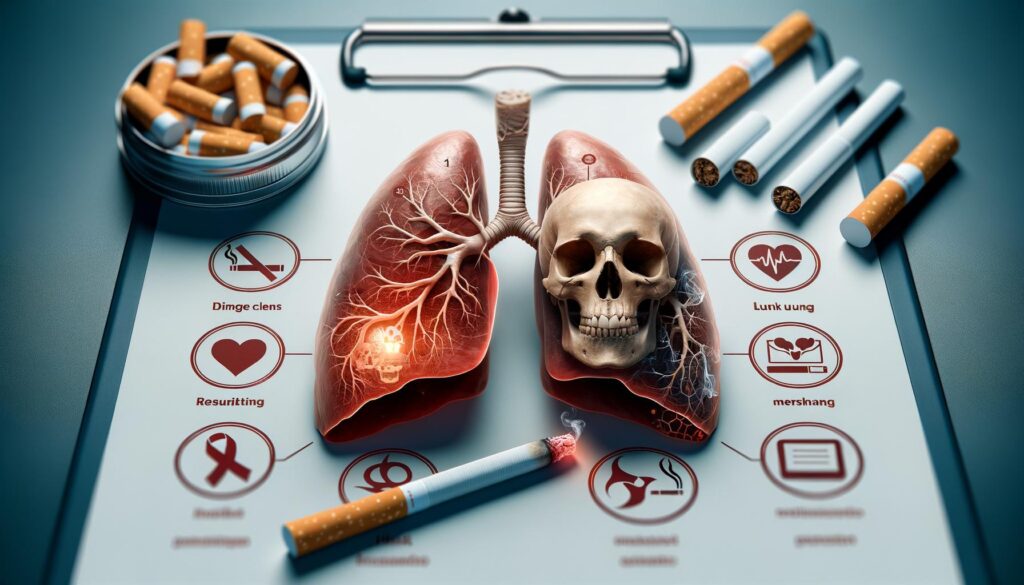Recognizing the Signs of Lung Cancer

Understanding Lung Cancer
Lung cancer is a condition that begins in the lungs and can spread to other parts of the body. It is one of the most common types of cancer worldwide, and understanding its intricacies is important for early detection and effective treatment. It typically starts when cells in the lungs develop mutations, leading to uncontrolled growth and the formation of a tumor. There are two main types of lung cancer: non-small cell lung cancer and small cell lung cancer, each progressing and responding to treatment differently. Recognizing the risk factors, such as smoking, exposure to certain toxins, and family history, plays a critical role in prevention and early diagnosis.
Common Symptoms
The symptoms of lung cancer often appear only when the disease is advanced. However, being vigilant about the signs can lead to earlier intervention. The most common symptoms include:
- Persistent cough that intensifies over time
- Chest pain that worsens with deep breathing, coughing, or laughing
- Hoarseness or changes in voice
- Unexplained weight loss and loss of appetite
- Fatigue or weakness
These symptoms might initially be mistaken for common ailments like a cold or flu, but it’s crucial to seek medical advice if they persist, especially if you’re at higher risk.
Subtle Indicators
In addition to the more apparent symptoms, there are subtle indicators that can suggest lung cancer. These symptoms might be easily overlooked:
- Shortness of breath that becomes more pronounced over time
- Coughing up blood or rust-colored phlegm
- Recurring infections, such as bronchitis or pneumonia
- Swelling in the neck and face
- Bone pain or tenderness
These signs indicate the need for a thorough examination to rule out lung cancer or catch it in its early stages, where treatment can be more successful.
Diagnosing Lung Cancer
If lung cancer is suspected based on presenting symptoms, specific diagnostic procedures can confirm its presence. These procedures include imaging tests like chest X-rays or CT scans, which help visualize any abnormalities in the lungs. Further tests, such as a biopsy, may be performed to determine the type of cancer and its stage. These diagnostic steps are vital in developing an effective treatment plan.
Treatment and Prognosis
Treatment for lung cancer varies depending on the type, stage, and overall health of the patient. Common treatments include surgery, chemotherapy, radiation therapy, and targeted drug therapy. Each has its side effects and considerations, making a personalized treatment plan essential. The prognosis largely depends on early detection; therefore, understanding these signs and seeking prompt medical attention can lead to better outcomes.
Conclusion
Recognizing the signs of lung cancer early can make a significant difference in the effectiveness of treatment and overall prognosis. Education about the symptoms, both common and subtle, as well as understanding the importance of medical evaluations, particularly for those at higher risk, is crucial. Regular check-ups, a proactive approach to changes in health, and attention to persistent symptoms are key strategies that can aid in the early detection of lung cancer, ultimately improving the potential for successful treatment.
